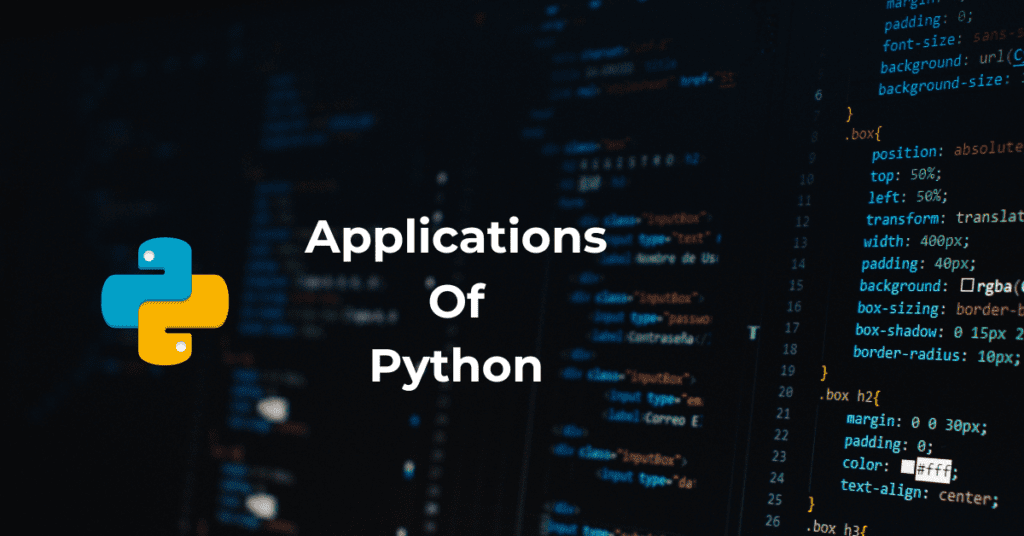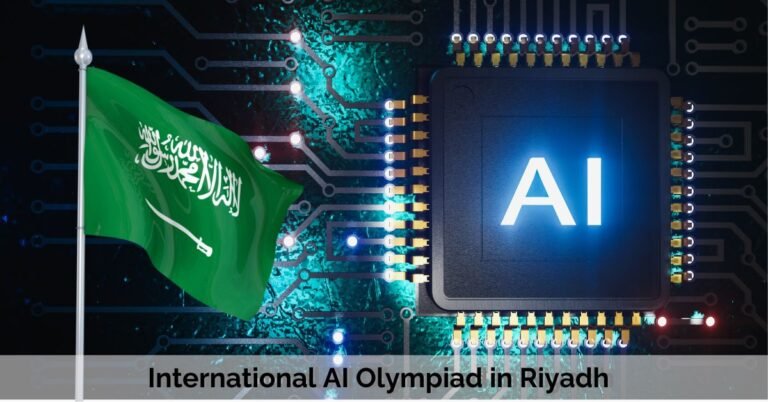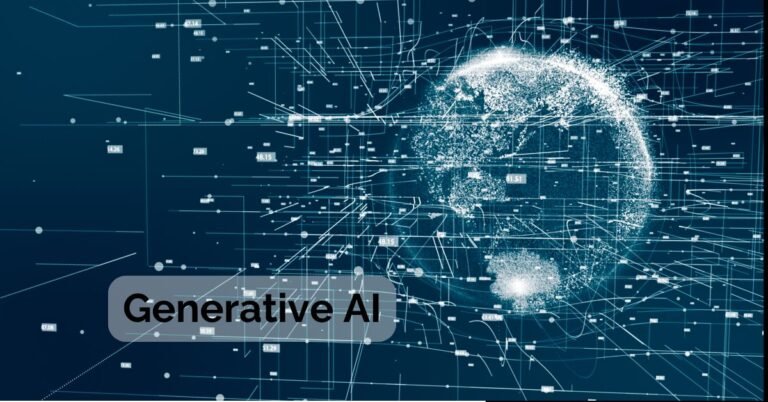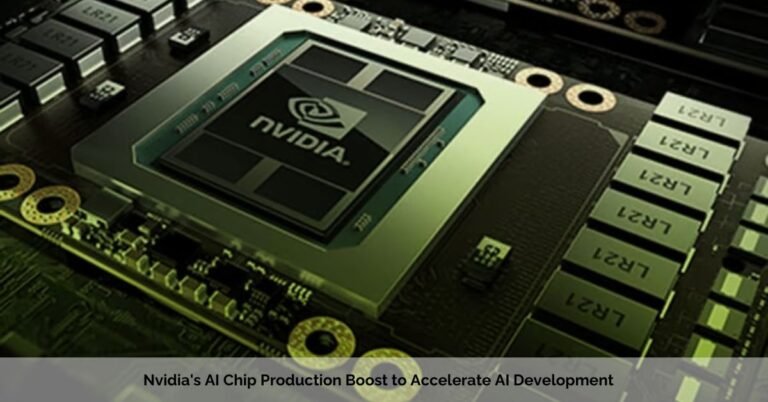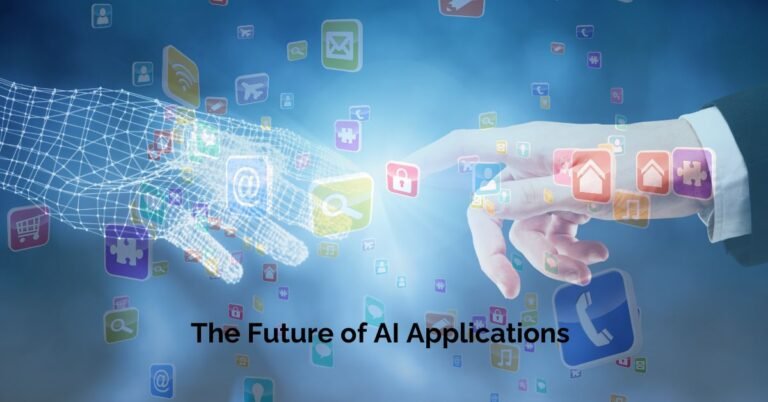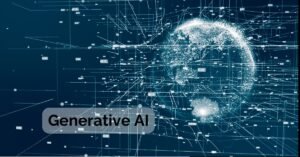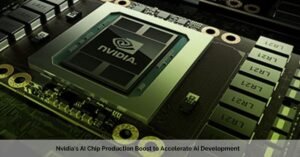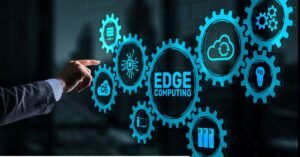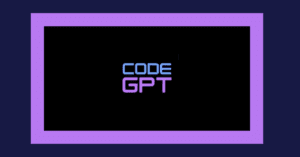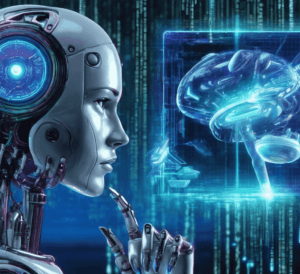Python is a versatile and powerful programming language known for its readability. Unlike some more complex languages, Python code is written clearly and can often resemble natural language. This, along with its general-purpose nature, makes it a popular choice for beginners and experienced programmers alike.
Table of Contents
ToggleKey Characteristics of Python
-
- High-level: Easy to read and write due to its similarity to natural language.
- General-purpose: Suitable for various tasks like web development, data science, and automation.
- Interpreted: Runs line by line without needing compilation into machine code.
- Readable: Emphasizes clean and clear code using indentation.
- Dynamically typed: No need to explicitly declare variable types.
- Multi-paradigm: Supports object-oriented, procedural, and functional programming styles.
How Python Applications Work
-
Writing Python Code: You write code using a text editor or Integrated Development Environment (IDE) like PyCharm or Visual Studio Code. This code contains instructions for the program.
-
Interpretation: When you run the code, a Python interpreter translates it line by line into instructions the computer can understand (machine code). Unlike compiled languages (e.g., C++), Python doesn’t create a separate executable file.
-
Libraries and Modules: Python has a rich ecosystem of libraries and modules that provide pre-written code for various functionalities. You import these into your program to perform tasks like data analysis (NumPy, Pandas), web development (Django, Flask), machine learning (TensorFlow, scikit-learn), and more.
-
Execution: The interpreted code interacts with the computer’s hardware and operating system to perform the desired actions. This can involve calculations, data manipulation, user interaction, or controlling external devices.
Applications of Python
Python’s versatility makes it a popular choice for a wide range of applications:
Web Development
-
Full-Stack Development:
- Python excels as a backend language due to its robust libraries (Django, Flask) that handle database interactions, URL routing, and more. This empowers the creation of complex web applications like Instagram (Django) and Netflix (Flask).
-
Web Scraping:
- Python’s data extraction capabilities shine in web scraping. Libraries like Beautiful Soup (parsing HTML/XML) and Scrapy (large-scale scraping framework) efficiently retrieve data from websites for market research, price comparison, and various other purposes.
-
APIs (Application Programming Interfaces):
- Python’s clear syntax makes it well-suited for building APIs. These interfaces act as intermediaries, providing data and functionality to other applications in a structured and secure way.
Data Science and Machine Learning
-
Data Analysis and Exploration:
- NumPy and Pandas are foundational libraries for numerical computing and data manipulation. They empower you to clean, transform, and analyze datasets effectively. NumPy excels at multidimensional arrays and linear algebra operations, while Pandas offers high-performance, easy-to-use data structures (Series, DataFrames) for data manipulation.
-
Data Visualization:
- Python’s data visualization capabilities are top-notch. Matplotlib provides a versatile foundation for creating various types of plots, while Seaborn builds upon Matplotlib to create statistical graphics with a focus on aesthetics and information clarity.
-
Machine Learning:
- Scikit-learn is a comprehensive library offering a rich set of algorithms for common machine learning tasks like classification, regression, clustering, and more. It provides a user-friendly interface for building, training, and evaluating machine learning models.
- For deep learning applications, TensorFlow and PyTorch are popular choices. They offer powerful frameworks for building and training complex neural networks.
Automation
-
Scripting:
Python simplifies automation of repetitive tasks, saving time and effort. From file management and data processing to web scraping and testing, Python’s flexibility shines in this area. Its script-based approach allows you to automate workflows efficiently.
System Administration:
- Python streamlines system administration, making complex tasks more manageable. Network management, configuration management, and log analysis become more efficient with Python scripts. You can automate tasks like system backups, user provisioning, and server monitoring.
Scientific Computing
-
Numerical Simulations:
- SciPy and SymPy are powerful tools for mathematical modeling and scientific computations. SciPy offers a wide range of functions for numerical integration, optimization, and linear algebra, while SymPy excels in symbolic computations, allowing you to work with mathematical expressions in a more theoretical way.
Data Analysis
-
- Python integrates seamlessly with scientific data formats (e.g., HDF5, NetCDF) and tools (e.g., MATLAB, R). This allows for specialized data processing, visualization, and analysis in various scientific domains.
Desktop GUIs
-
- Python can create user-friendly graphical user interfaces (GUIs) for desktop applications using frameworks like Tkinter (built-in) and PyQt. These frameworks provide widgets (buttons, text boxes, etc.) that you can use to design interactive applications.
Game Development
-
- Python opens doors for game development with libraries like Pygame (2D games) and PyOpenGL (3D games). These libraries provide tools for creating graphics, sound effects, physics simulations, and more, enabling you to build simple or more complex games.
Software Development Tools
-
- Python is often used to create build systems (managing the build process of software projects), testing frameworks (automating software testing), and other software development tools. These tools play a crucial role in streamlining the software development lifecycle.
Education and Prototyping:
-
- Python’s readability and beginner-friendliness make it an excellent choice for teaching programming concepts. Its clear syntax and focus on code structure make it easier for learners to grasp core programming principles. Additionally, Python’s rapid development environment allows for quick prototyping of ideas, enabling you to experiment and test concepts before diving into larger projects.
Conclusion
Python’s ease of use, rich ecosystem of libraries, and extensive applicability make it a valuable asset for developers, data scientists, and anyone looking to leverage programming in various domains.

